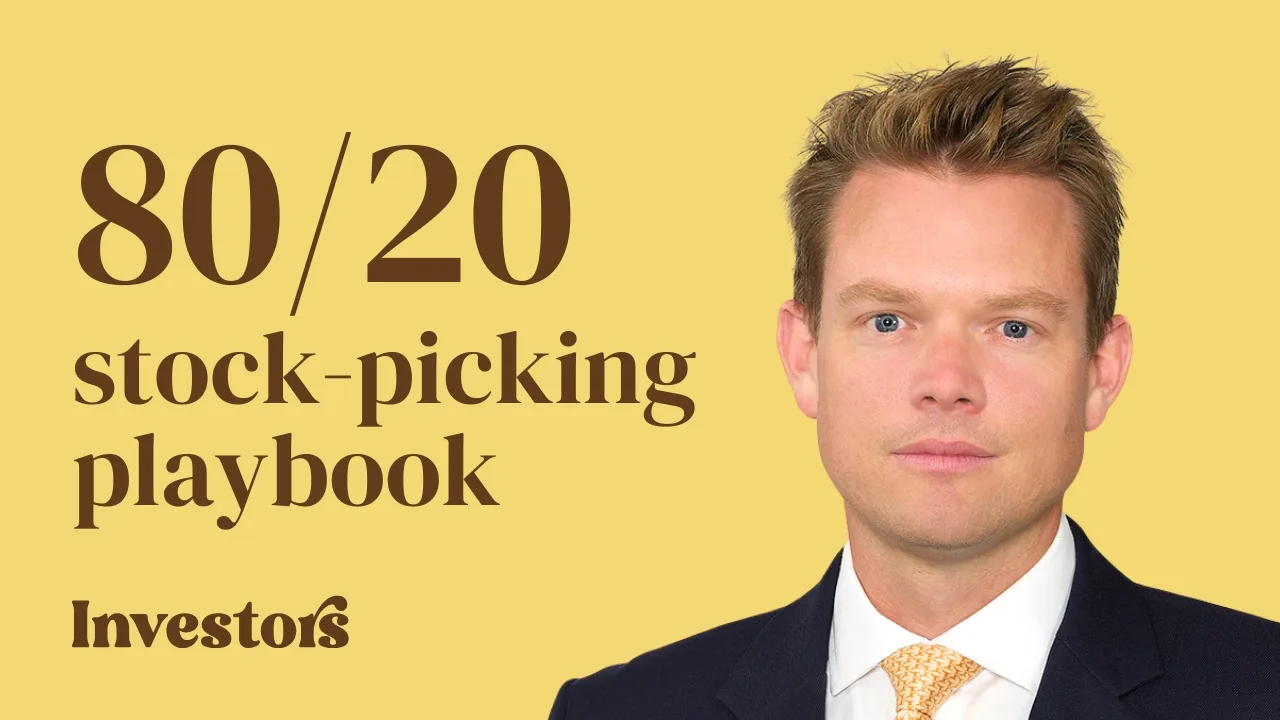Any investment on the Australian share market during the COVID-19 crash is doing well if it’s above break-even. Indeed, any share that is in the black is doing very well.
The two Australian dollar-denominated gold exchange-traded funds (ETFs) are certainly in that latter category.
The ETFS Physical Gold ETF (ASX: GOLD) is up so far in 2020, and since the start of the crash, February 20, it has gained ground.
The Perth Mint Gold ETF (ASX: PMGOLD) has is also higher so far in 2020 and since the crash began.
Gold bucking the trend
That is pretty good going against a stock market backdrop of the S&P/ASX 200 (ASX: XJO) falling over 20%.
Both gold ETFs offer investors listed, liquid exposure to gold, which is performing its traditional role in the COVID-19 crisis, as a haven in troubled economic or geopolitical times, and a way to protect an investment portfolio against volatility and inflation.
In 2019, gold has moved from US$1521.97 to US$1615.90 – a useful rise of 6.2%. In the COVID-19 crash, the yellow metal held its own, eking out a 0.5% gain.
But in Australian dollar terms, with the Australian currency slumping against the greenback, gold has done considerably more than hold its own.
For the year to date, gold prices have appreciated around 21% in Australian dollars.
Investors in both GOLD and PMGOLD are picking up on both of these moves – gold’s rise, and the Australian currency’s fall.
Hedging matters
Their buoyant performance makes a stark contrast with BetaShares’ ASX-listed gold ETF, the Gold Bullion ETF – Currency Hedged (ASX: QAU), which hedges against currency movements between the US and Australian dollars to give a “purer exposure” to the gold price.
While QAU participated in gold’s safe-haven rise, gaining 4.6% in 2020, it lost value over the period of the stock market Crash (down 0.9%).
A look at 2 gold ETFs
Listed on the ASX since 2003, the $1.6 billion GOLD is the largest gold ETF traded in Australia and represents 623,292 ounces of physical gold held in the London bank vaults of JP Morgan Chase Bank. Each GOLD unit (or share) represents about one-tenth of the spot gold price, in Australian dollars.
Roughly, if the Aussie spot gold price moves up by one dollar, the value of the GOLD units will increase by 10 cents.
GOLD charges a management fee of 0.40% a year. GOLD is backed by physical allocated gold held by JP Morgan Chase Bank and is fully redeemable for bullion.
Listed in 2010, PMGOLD is a right to gold created by The Perth Mint, which gives investors the ability to buy government-backed gold on the ASX.
PMGOLD suits investors who prefer to manage their gold investment within their stockbroking account along with their ASX-listed equities and other holdings. Each PMGOLD unit represents ownership of 1/100th of a troy ounce of gold, so for every one-dollar rise in the Aussie spot gold price, the value of the PMGOLD units should increase by about one cent.
Investments in PMGOLD are fully backed by physical bullion held by The Perth Mint, with metal stored on investors’ behalf guaranteed by the Government of Western Australia. PMGOLD units can be redeemed for physical gold from The Perth Mint.
Both ETFs are easy ways for the average investor to gain exposure to the yellow metal, as is QAU. But the latter does not have the added factor of exposure to currency fluctuation. Some investors do not want this; others view currency risk as actually another layer of diversification.
“The currency is a tough one,” says Kris Walesby, CEO at ETF Securities. “Many investors will say, ‘I just want to own some gold in a listed security; the currency stuff is confusing to me and it’s something I don’t want to think about.’
“Others do want that extra layer of diversification: most Australian investors hold at least 70%–80% of their assets in Australian dollars anyway, and some of them want that range of currency outcomes, that are not just Australian based.”
Jordan Eliseo, senior Investment manager at the Perth Mint, says PMGOLD has seen “record levels of demand” in the last 18 months.
“Our product has more than doubled in size from 2.6 to 5.3 tonnes (in terms of the weight of gold purchased by investors) between the end of September 2018 and late March 2020.
“Given the Australian gold price has also risen by more than 50% since the end of September 2018, it means that the value of PMGOLD has risen from under A$140 million to almost A$450 million over this period of time. These levels of growth are far in excess of the demand for gold ETFs seen globally over the same period, and highlights the strength of gold demand from Australian investors today.”
Eliseo has seen this increased demand across all investor types, with SMSF trustees a very important part of the market.
“As a general rule, trustees and other investors for that matter are turning to gold for two reasons. The first is as a hedge against a volatile equity market, but they are also using it as a cash alternative. Given the record low-interest-rate environment investors face this is no surprise.
“Gold has a history of outperformance in low-real-interest-rate environments, with Perth Mint research finding that gold has delivered annual average gains of more than 20% in years where real cash rates were below 2%t like they are today.”
For many self-directed investors, he says, the Australian dollar currency exposure in PMGOLD is an attraction, as it does help balance their overall portfolio.
“We expect that assets which benefit from a falling Australian dollar, like PMGOLD, will continue to be well-supported by Australian investors, especially given the ongoing economic uncertainty caused by the coronavirus, and some of Australia’s pre-existing economic challenges – such as high household debt.”
More upside in gold?
Walesby says the currency exposure could be even more critical going forward to holders of AUD-denominated gold. “There are two big factors potentially at play here. From where we are now, if we see an obvious lack of containment of COVID-19 in the US, I would say that there was a very high chance of gold going much higher. And when people panic, they tend to buy the US dollar even if they think there are problems in America.
“If there is a situation where America cannot control COVID-19 – if we do see a ‘fear factor’ in America that becomes very negative around the administration’s ability to control it – we would likely see another leg down in the stock market, and it would not be a small leg down.
“If the virus spreads in the US like a mini-plague, we would likely see a significant upside break for gold. In such a situation, even if the US dollar decreases from 61 Australian cents to 65 cents, and you lose say 5% if gold were to go from US$1600 to US$2000, that would well and truly outweigh any currency losses.”
This article was written by James Dunn, senior journalist for The Inside Adviser.
[ls_content_block id=”18457″ para=”paragraphs”]








